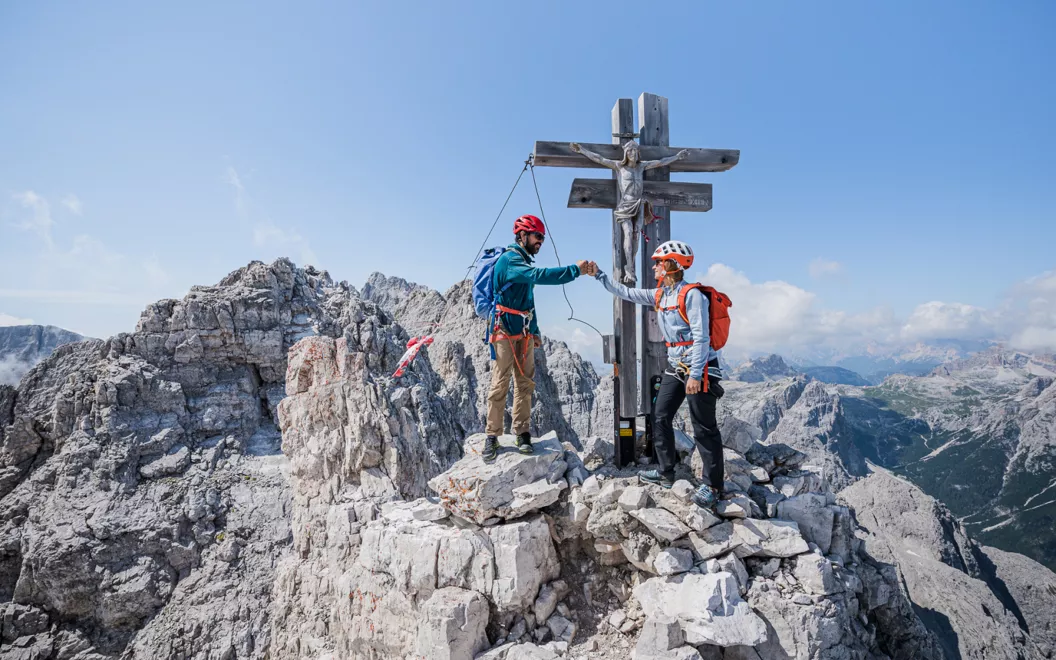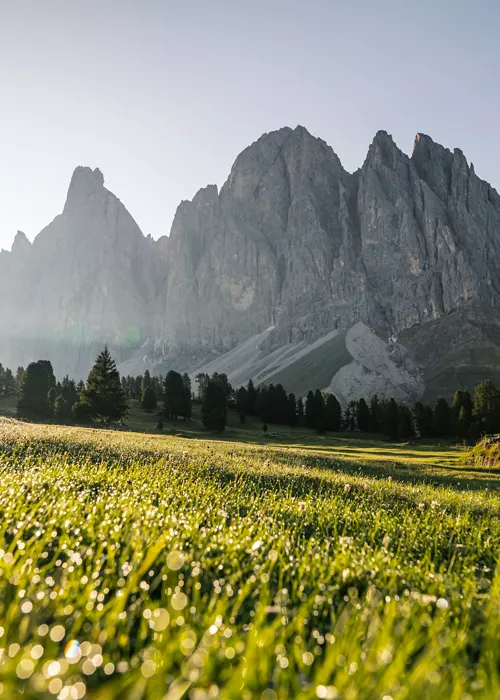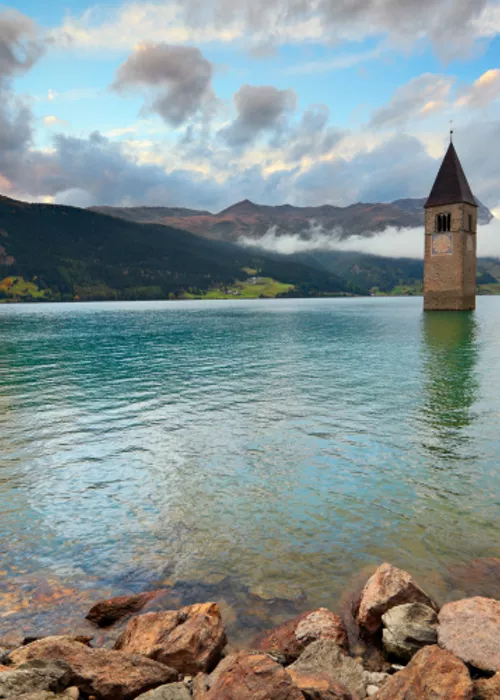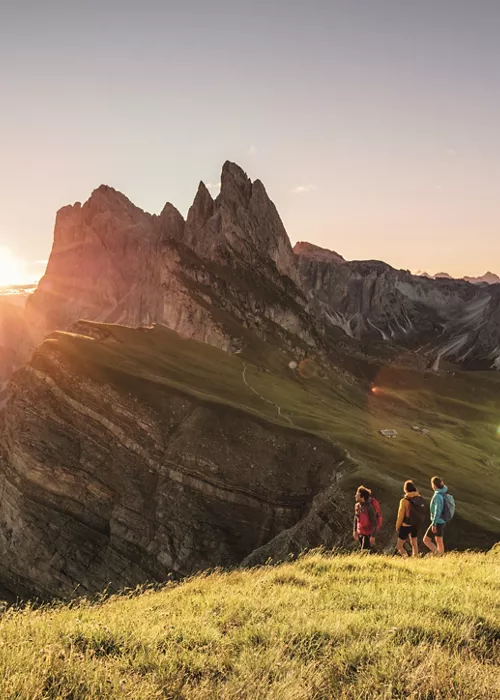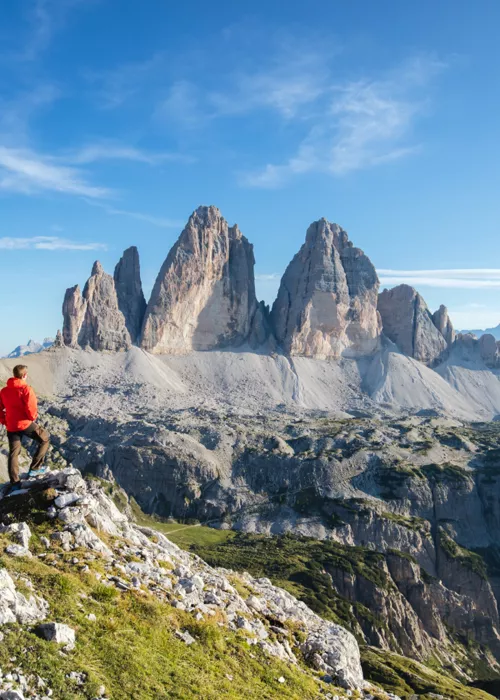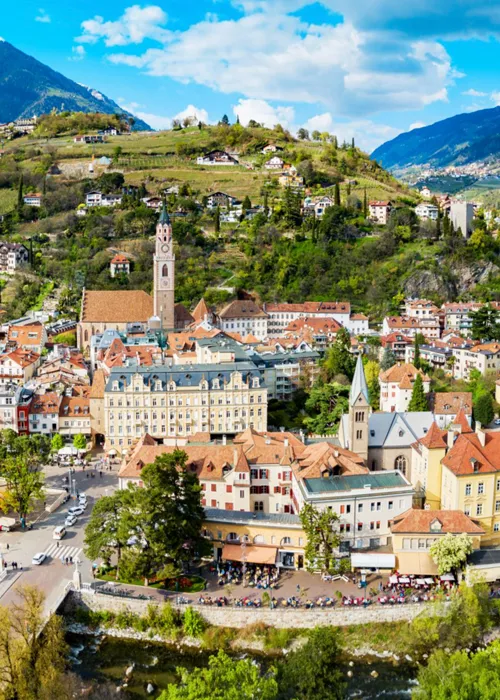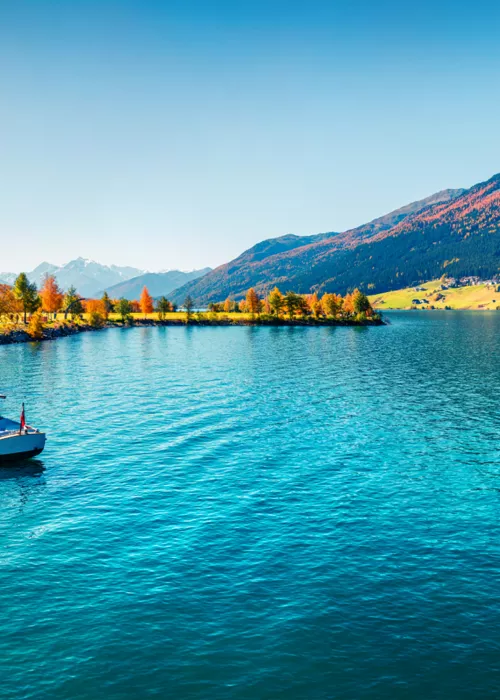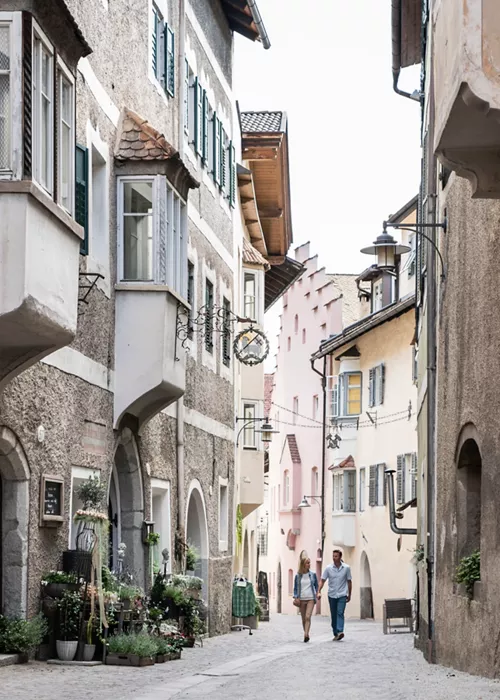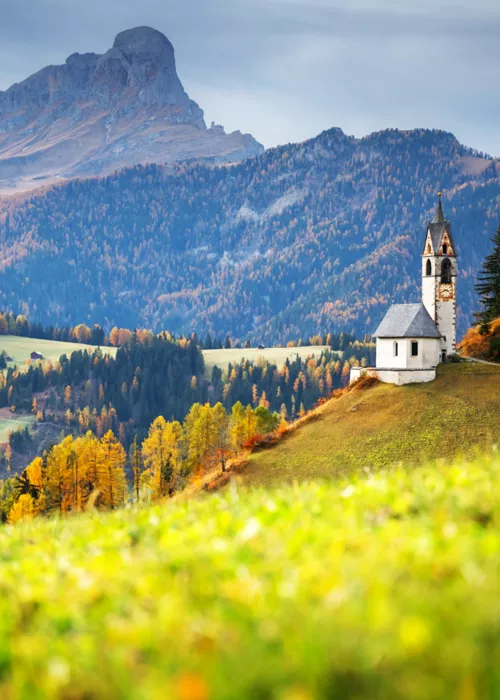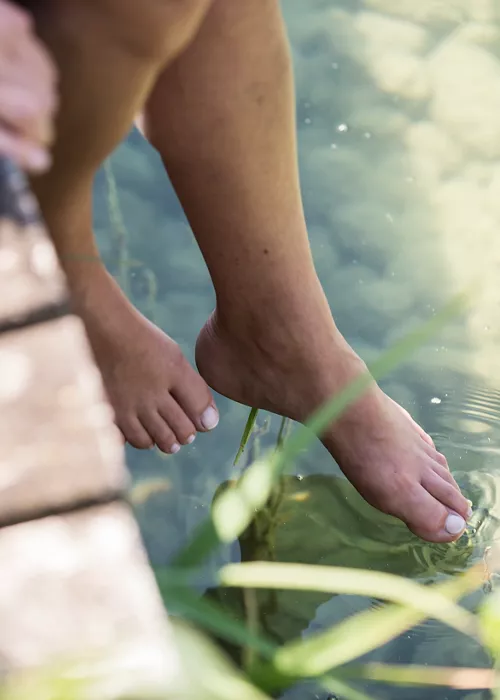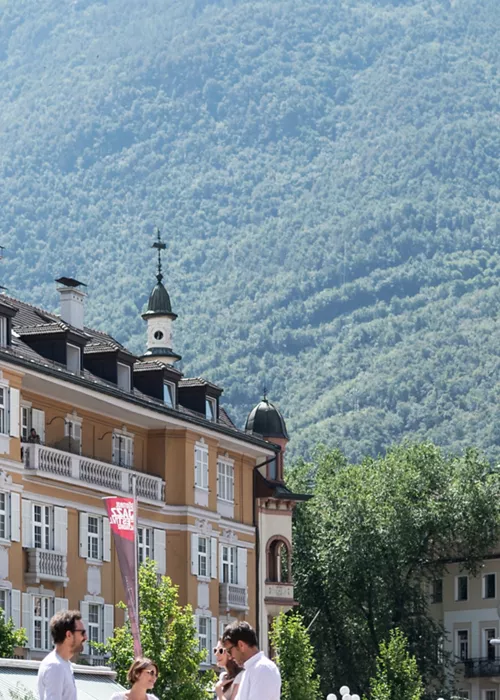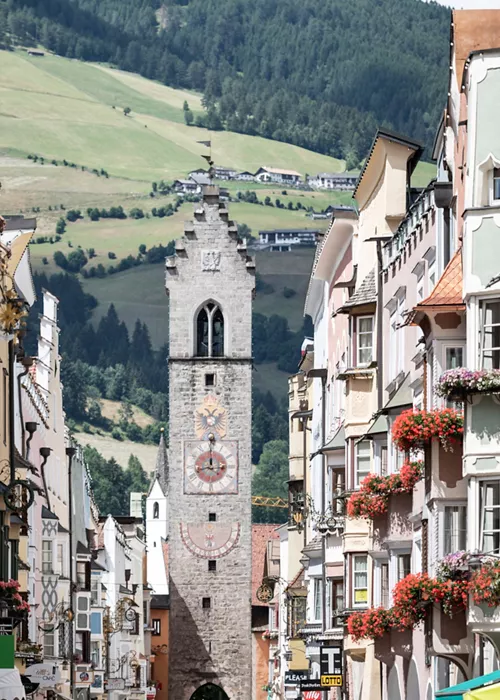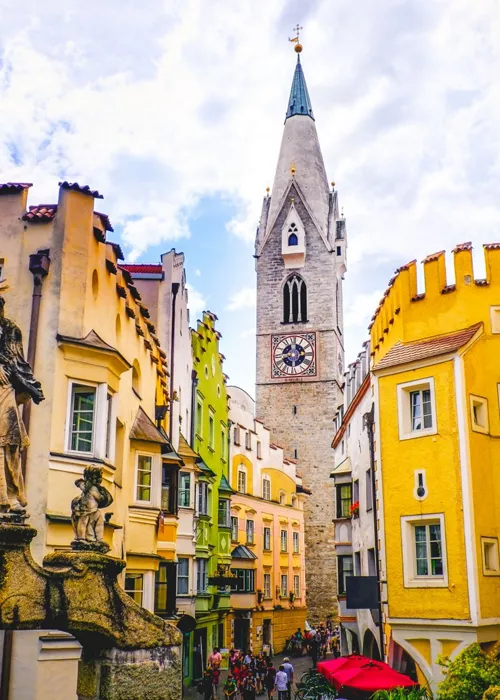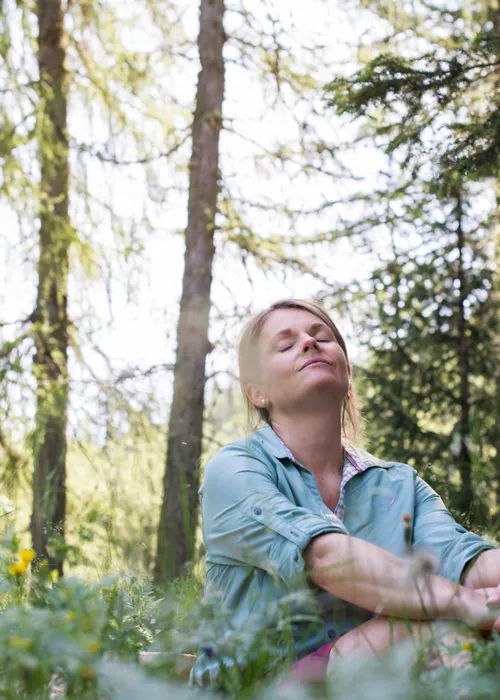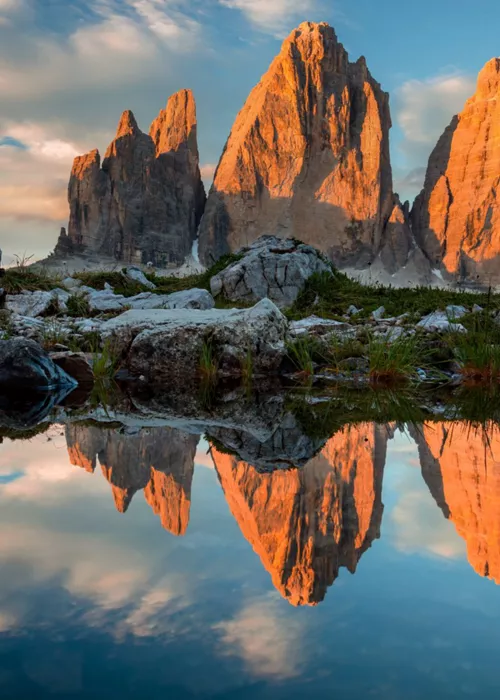5 via ferratas in the Sexten Dolomites not to be missed
4 minutes
Erected among the impervious rocks of the Sexten mountains during the Great War to supply the troops engaged on the front lines, the spectacular via ferratas are among the most popular destinations in the Eastern Alps and offer breathtaking views of the Three Peaks country.
The numerous via ferratas around Sesto are quite heterogeneous and differ in length, exposure and physical fitness required. Although not all of them are suitable for sports climbing, the vertical routes secured by wire ropes, ladders and bridges, of Monte Paterno, the Toblin Tower and the Strada degli Alpini, make these routes among the most popular with beginners and experts alike.
The extraordinary view of the Alpine landscape surrounding the Three Peaks enriches the climbing experience with a sense of wonder that fills the soul.
A helmet, sturdy shoes and protection from the elements are indispensable equipment that cannot be missing from a climbing kit, essential even for the simplest via ferrata routes in the Sexten Dolomites.
A unique experience, especially for history-loving mountaineers, is to retrace the Dolomite front of the Great War on the Monte Paterno via ferratas, the Toblin Tower and the Strada degli Alpini.
In general, however, the entire region offers mountaineering enthusiasts the opportunity to traverse more than 40 via ferratas of all levels
between the Monte Croce Pass in Sesto and the Falzarego Pass in Cortina d'Ampezzo.
Monte Paterno - De Luca Innerkofler via ferratas
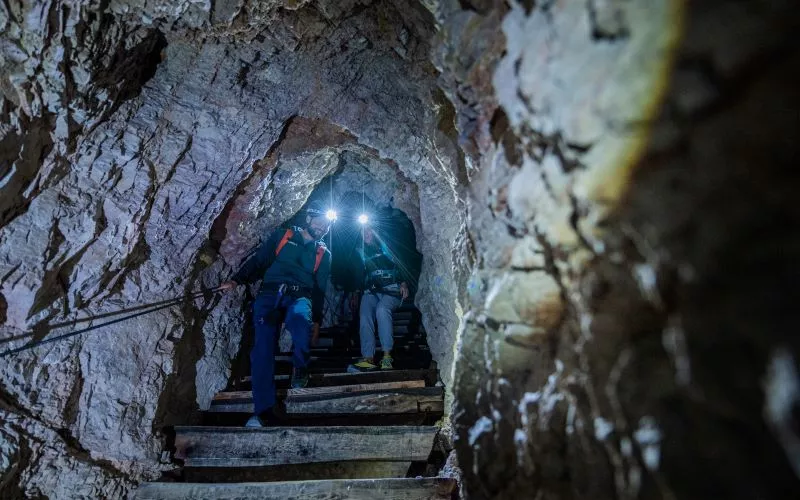
The De Luca-Innerkofler, located on Monte Paterno in front of the Three Peaks, is certainly the best-known via ferrata in the Sexten Dolomites, and follows the old Italian front of the Great War. Through the 'Galleria Paterna', the route leads to the heart of the mountain, and then to the summit. Here the pause to catch your breath is enhanced by the spectacular view of the north faces of the Three Peaks. Then, starting from the Forcella del Camoscio, a wonderful circuit opens up that follows the Sentiero delle Forcelle. The descent down the Forcella Passaporto is also unforgettable.
La Strada degli Alpini
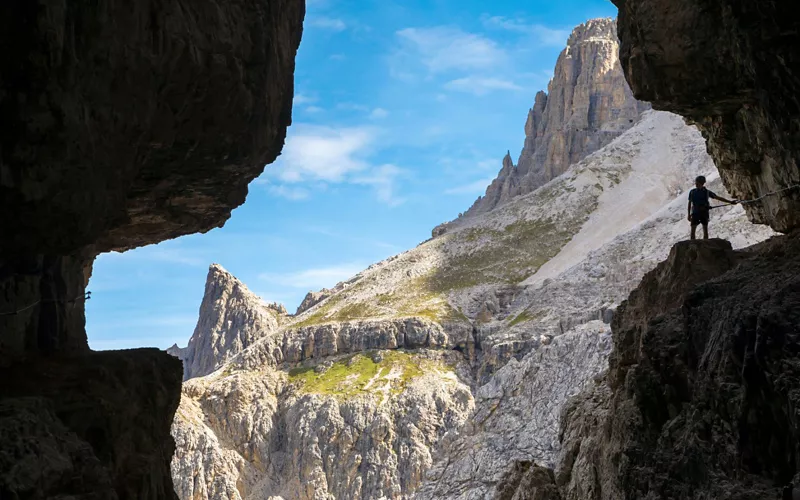
Built by the Italian Alpine troops during the Great War, this impressive via ferrata, although relatively simple from a technical point of view, should not be underestimated due to its length, especially in the presence of snow.
After reaching the Prati di Croda Rossa mountain station (at 1,914 m) by cable car, follow trail 100 to the start of the Croda Rossa via ferrata. Continuing along the trail, you can admire the remains of the Great War at the Wurzbach post and continue to the fork near the Forcella di Croda Rossa (2,698 m). Having abandoned the ascent, one begins to descend to the scree gully. From here, using steel ropes, you reach the Strada degli Alpini [Alpine Road]. The equipped path, along some steps, reaches a wide and well exposed ledge where you can make a stop to enjoy the unique view of the vertical walls. The descent is resumed and, past the Comici Hut, you come to the Val Fiscalina car park, where you can get a bus back to the bottom station of the cable car.
Toblin Tower - Sentiero delle Scalette
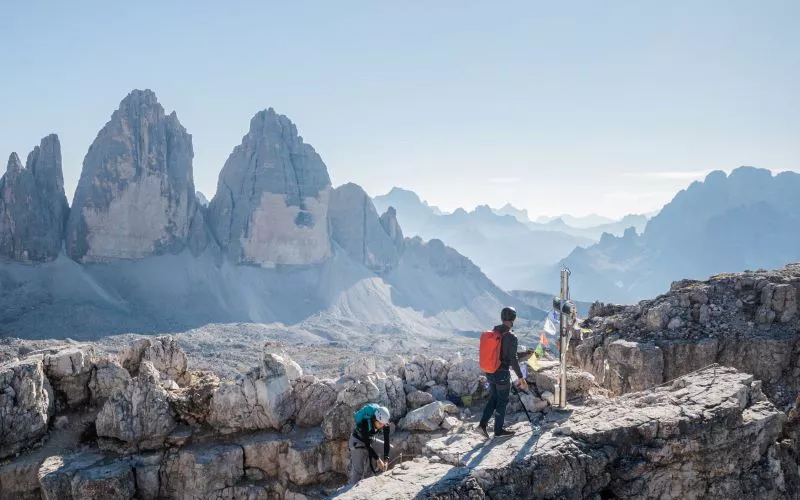
If you want to enjoy one of the most spectacular views in the entire Dolomites, the Sentiero delle Scalette will certainly not disappoint.
A short and medium difficulty path leads, through an almost vertical path, to the northern slope of the Toblin Tower (2,617 m) just behind the Locatelli Refuge. 17 stairs lead to the Austrian post at the top of the imposing tower. Along the path one can admire, perfectly preserved to this day, wooden ladders and iron hooks, mute witnesses of the war that accompanied the ascent.
The summit offers a breathtaking view of Monte Paterno and the north faces of the Three Peaks.
After a refreshing stop, you resume the descent along a simple and well signposted via ferrata (Feldkurat Hosp), along the north-eastern ridge.
Cima Croda Rossa via ferrata
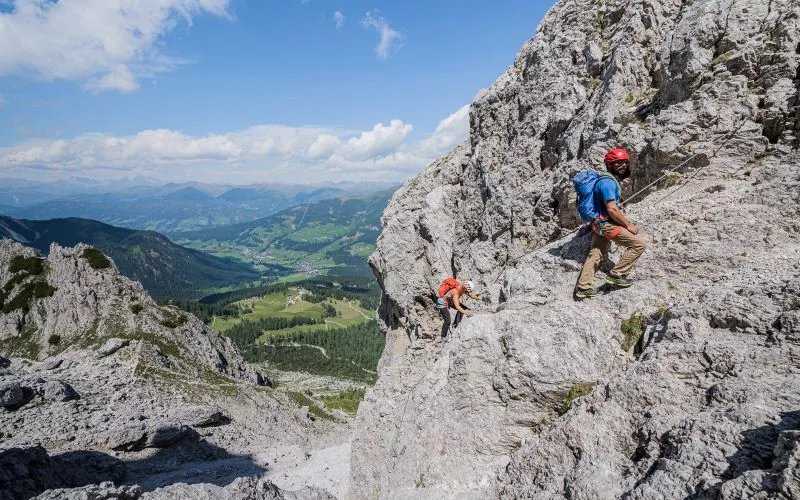
Following the northern slope of Cima Dieci, which is part of the famous Meridiana di Sesto, the via ferrata leads to Cima Croda Rossa.
From the station upstream on the Prati di Croda Rossa (1,914 m), past the Costoni di Croda Rossa, you reach thestart of the via ferrata della Croda Rossa at 2,300 metres above sea level. A ladder helps you pass the first vertical jump. The path continues through well-marked paths and passages dating back to the Great War. Steel cables and stairs ensure the steepest passages of the route that, continuing climbing, reaches the plateau of the Wurzbach station. Only a few hundred metres separate this point from the summit of Croda Rossa (2,965m), one of the highest mountains in the area, from which you can admire a unique panorama.
The descent takes place on the same route as the ascent or along the Castelliere path.
Via ferrata around Peak Twelve - Croda dei Toni (Severino Casara)
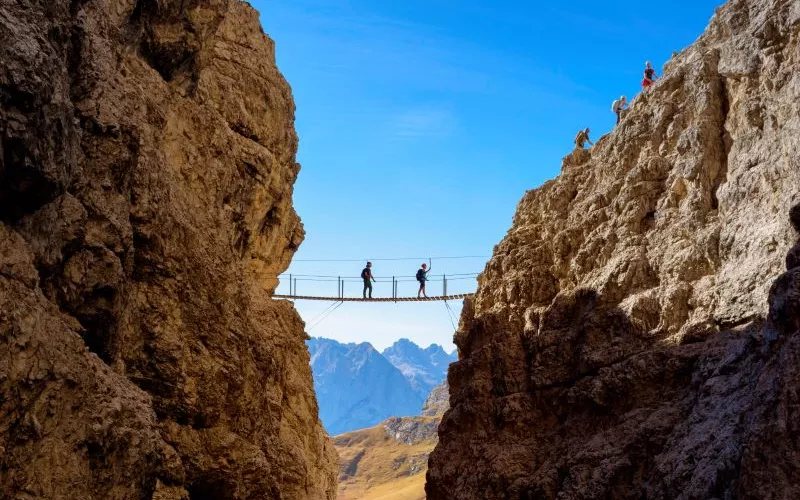
Opened in 2015, this via ferrata runs along a short, easy and pleasant route.
The route, little known and frequented especially by those who know the Dolomites well, through the south face of the Croda dei Toni, connects the Rifugio Pian di Cengia (10 minutes from the start) to the Rifugio Carducci.
The via ferrata, which runs along a ridge on the south wall of Cima Dodici, crosses the gorges with two suspended bridges that make the route as complex as it is exciting.
Crossing the wide debris gutter under the Forcela de l'Agnel (2,578m), in some sections equipped with safety ropes, the route climbs on a short but rather slippery wall that leads to the fork with the De Toni bivouac.
The strong erosion process that affects these mountains has caused, for many years, the closure of this path around Peak Twelve. Officially reopened in 2015 following renovation work, the route follows a new route in some places that allow you to bypass the eroded passages.
Content drawn up with information provided by the Partner, the Tourism Association of Sesto

